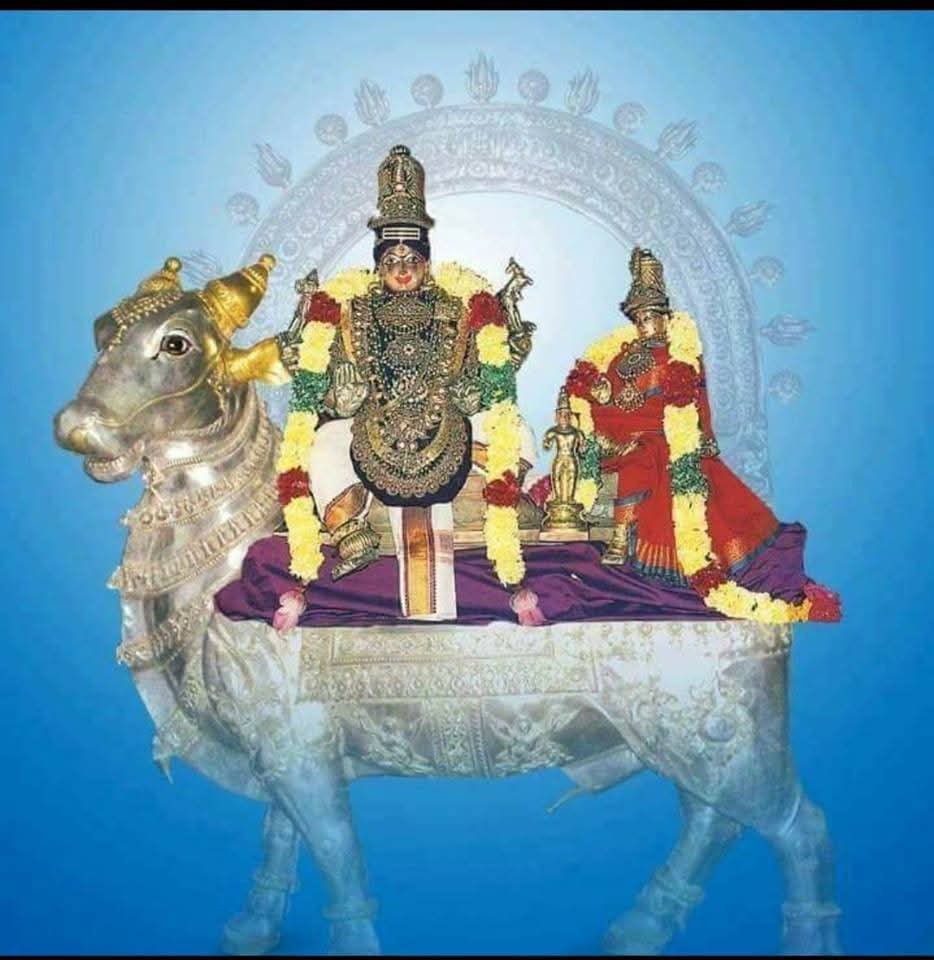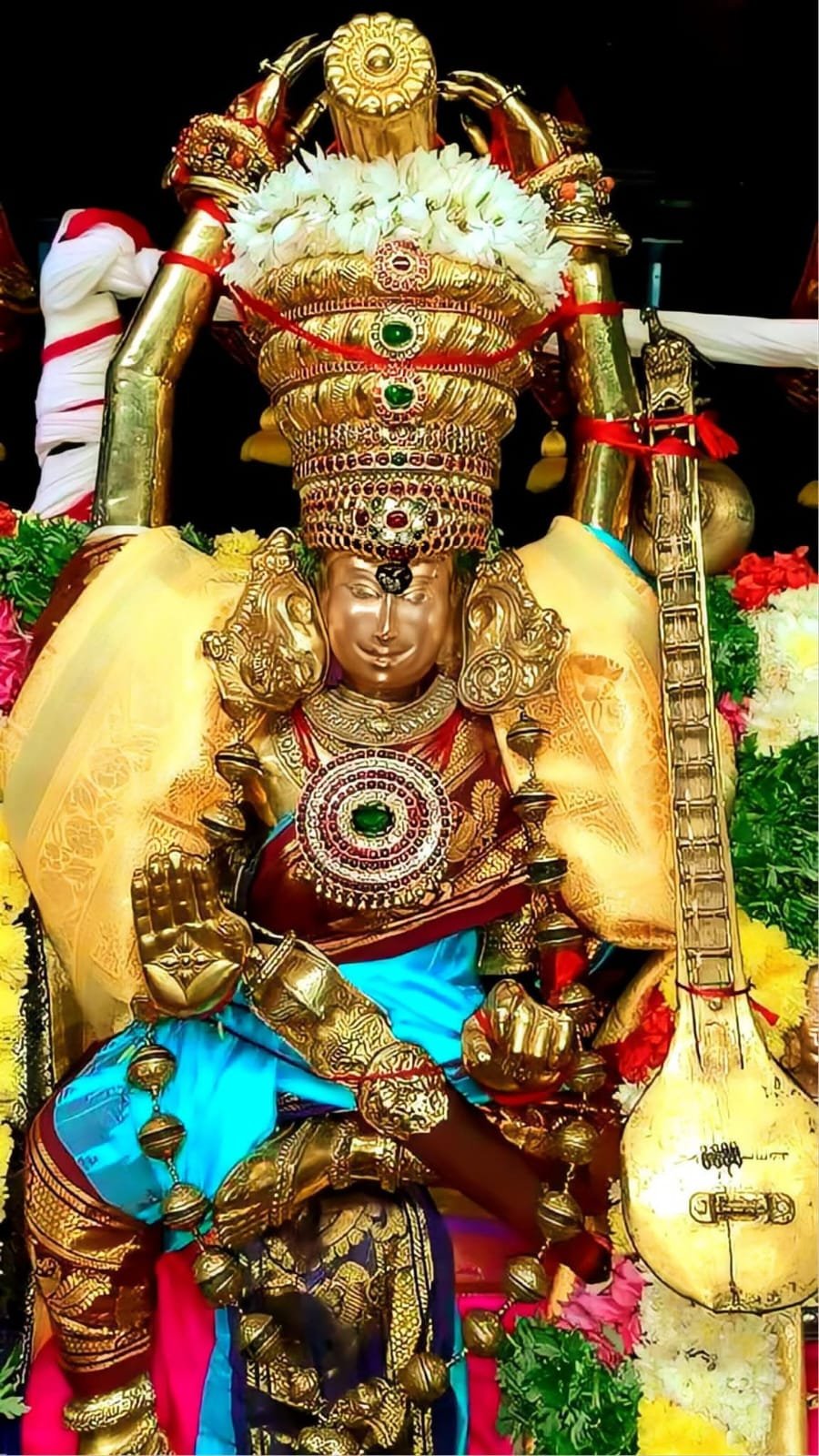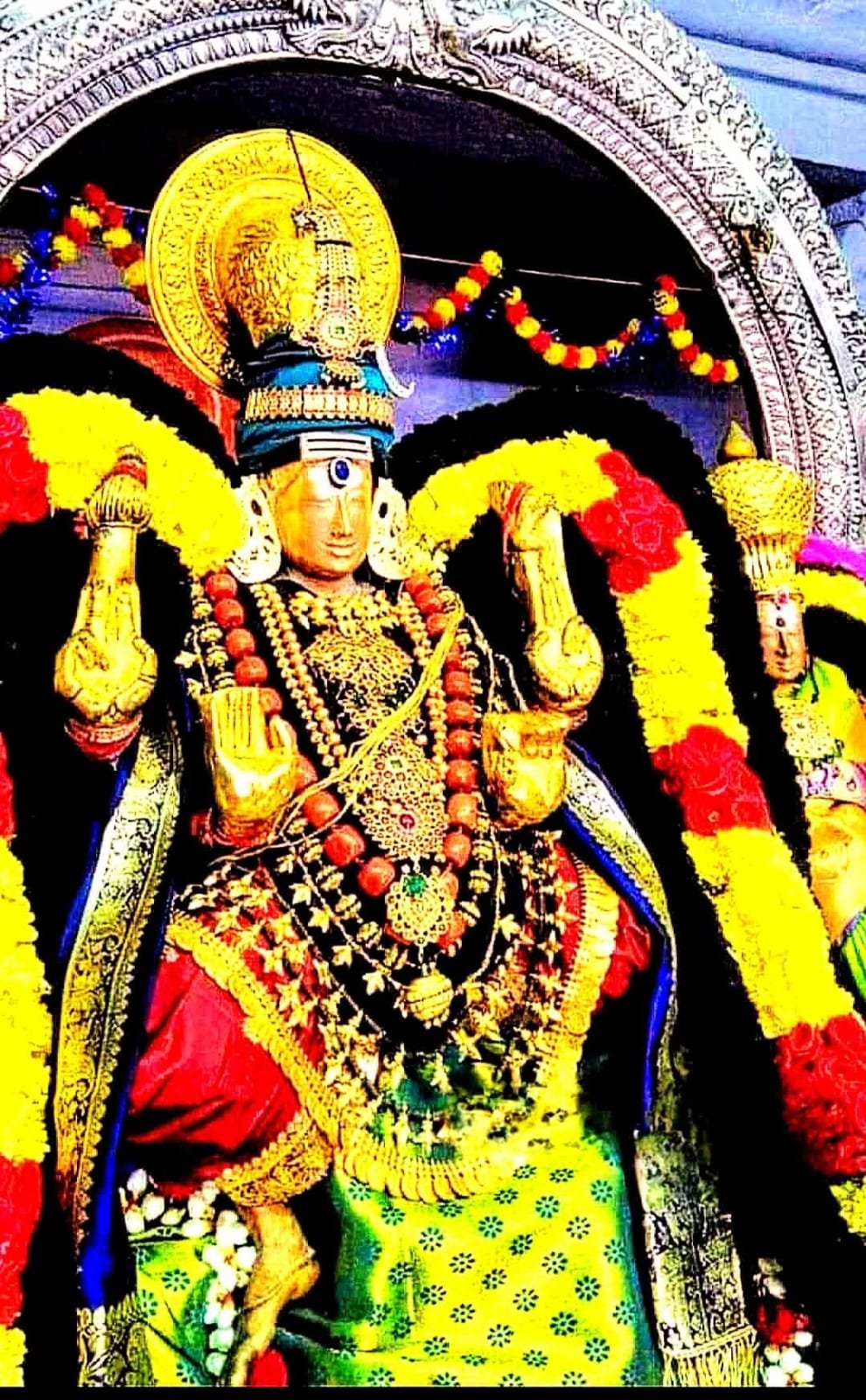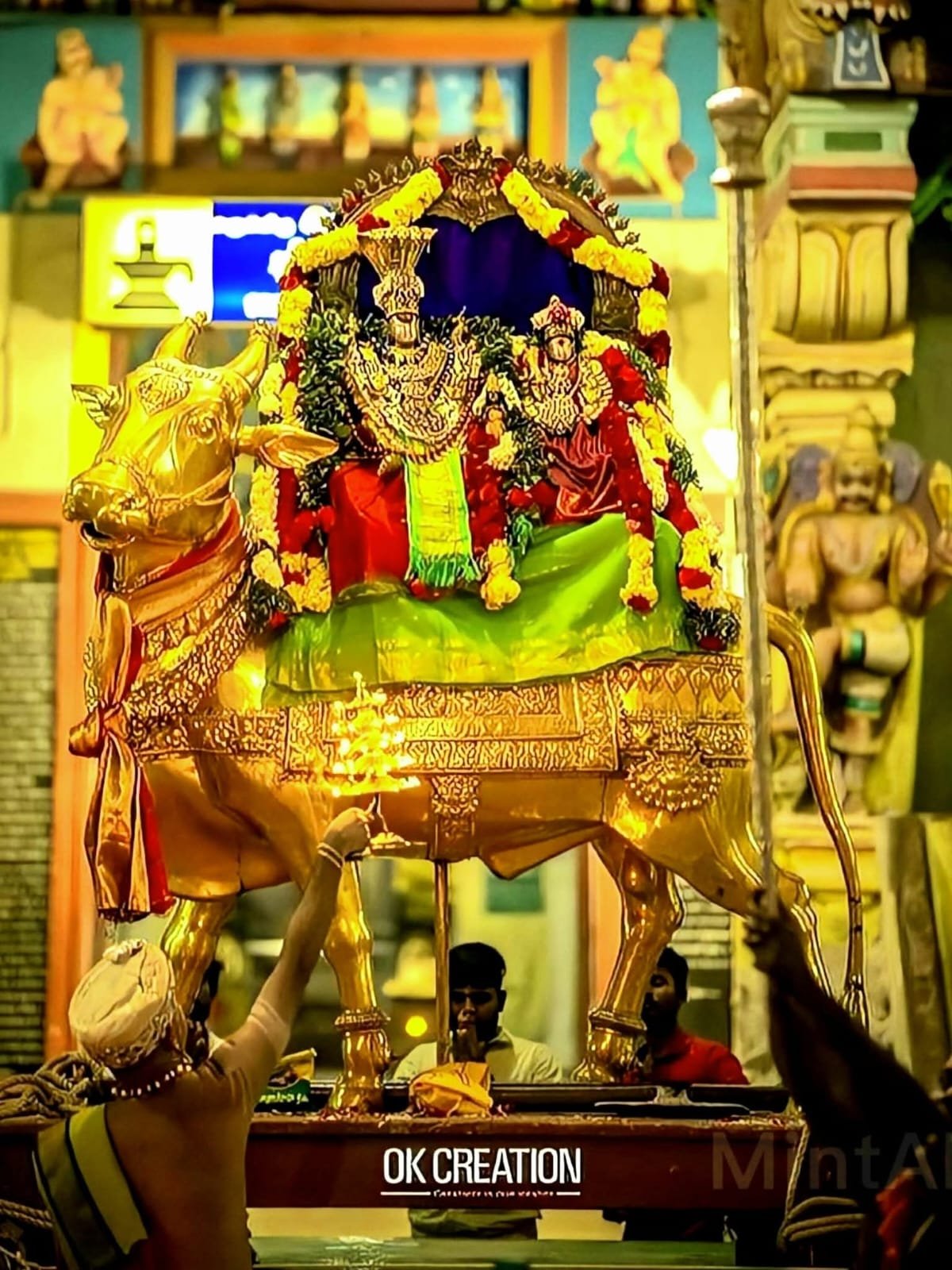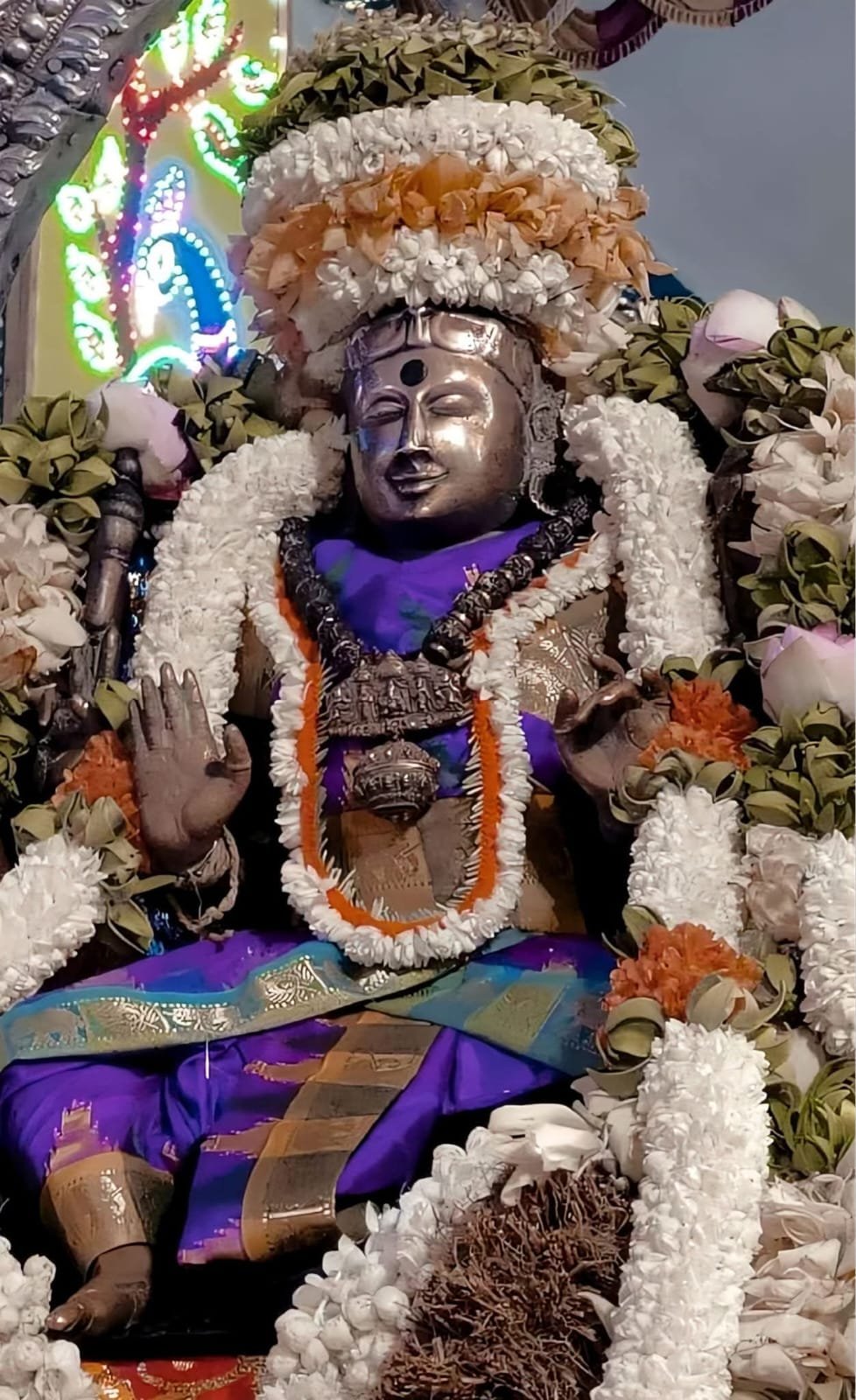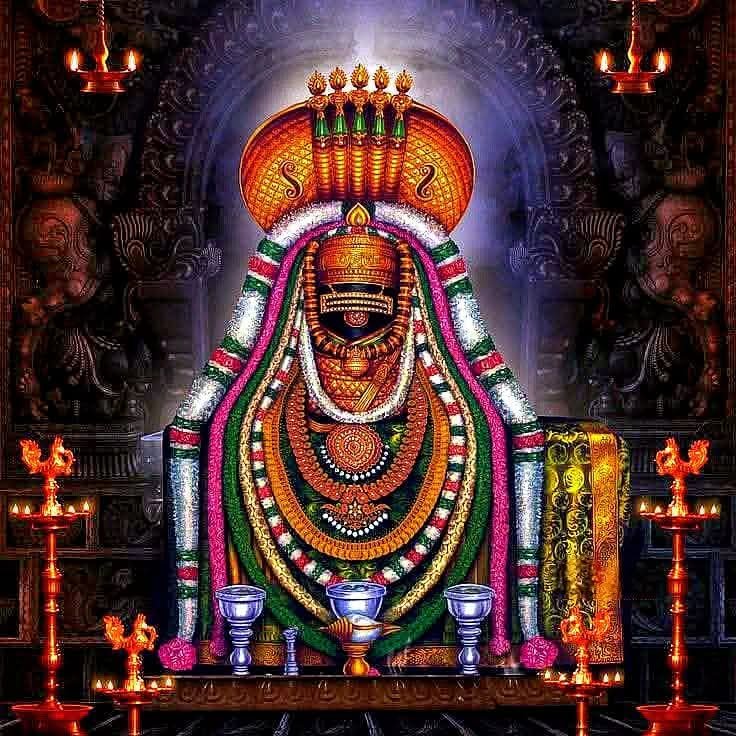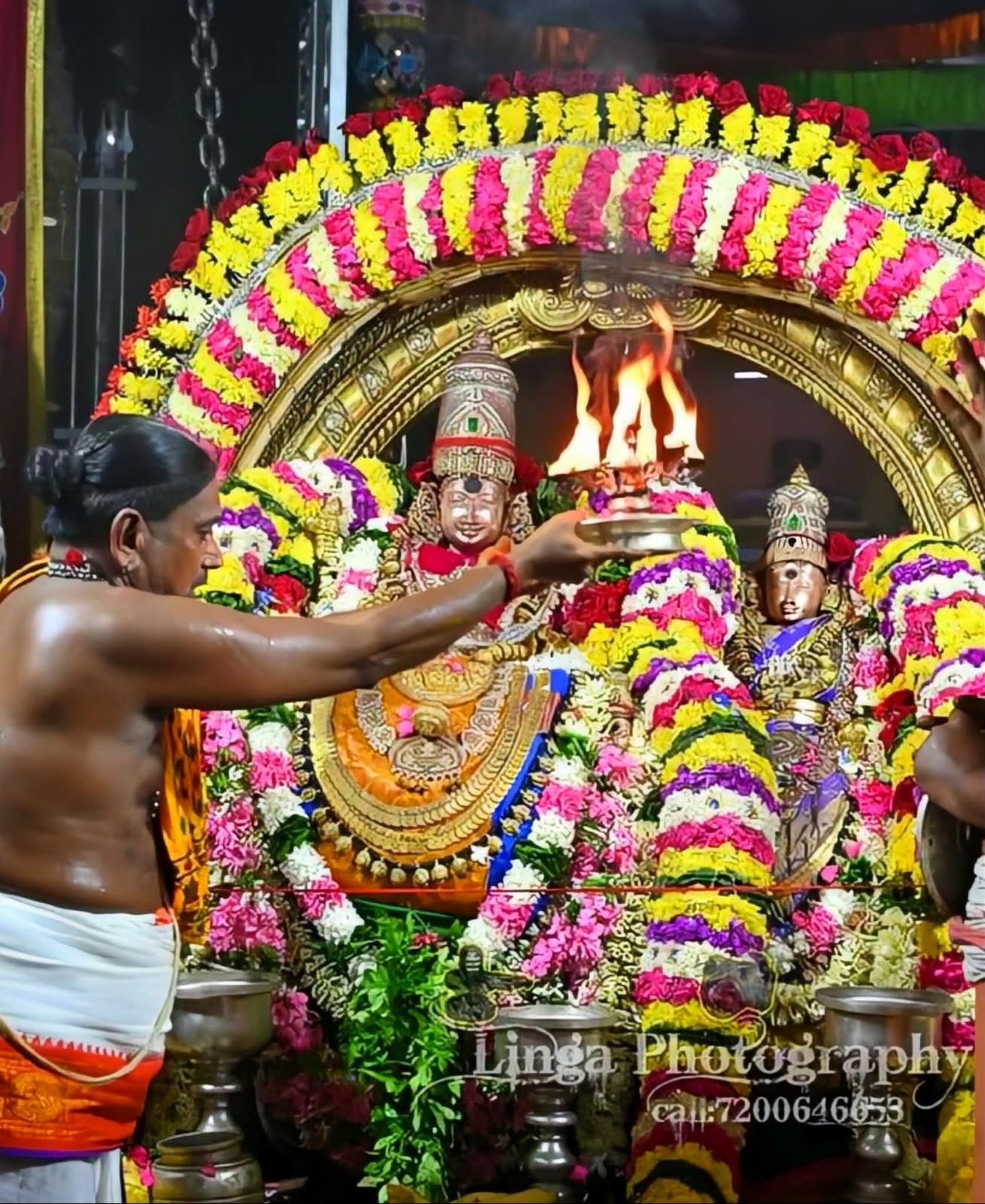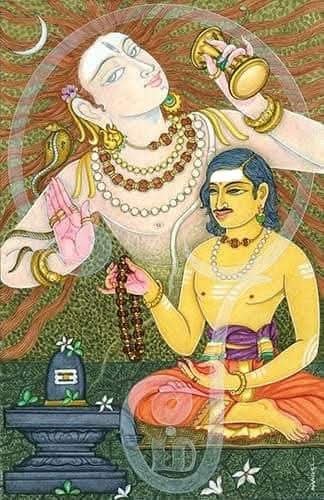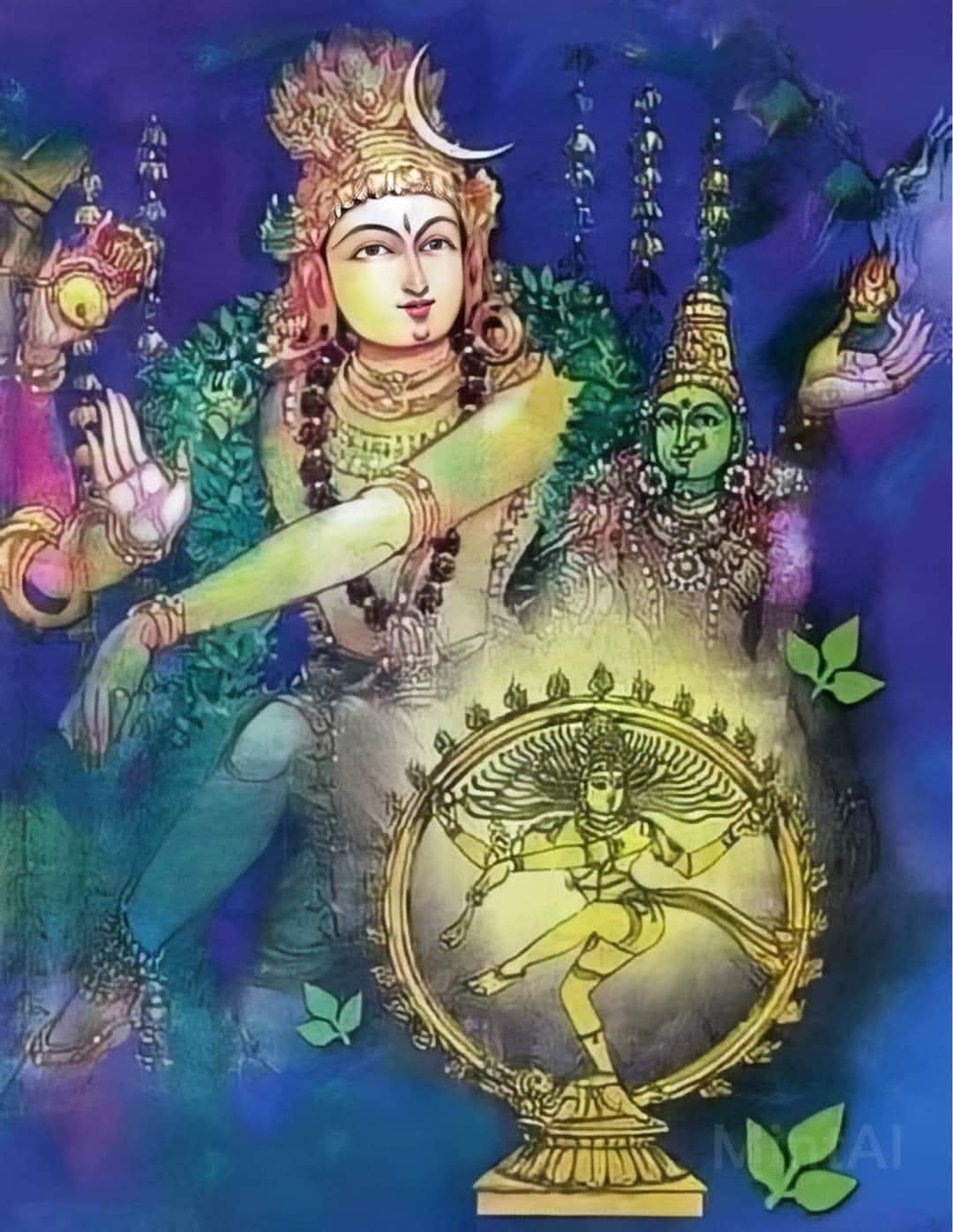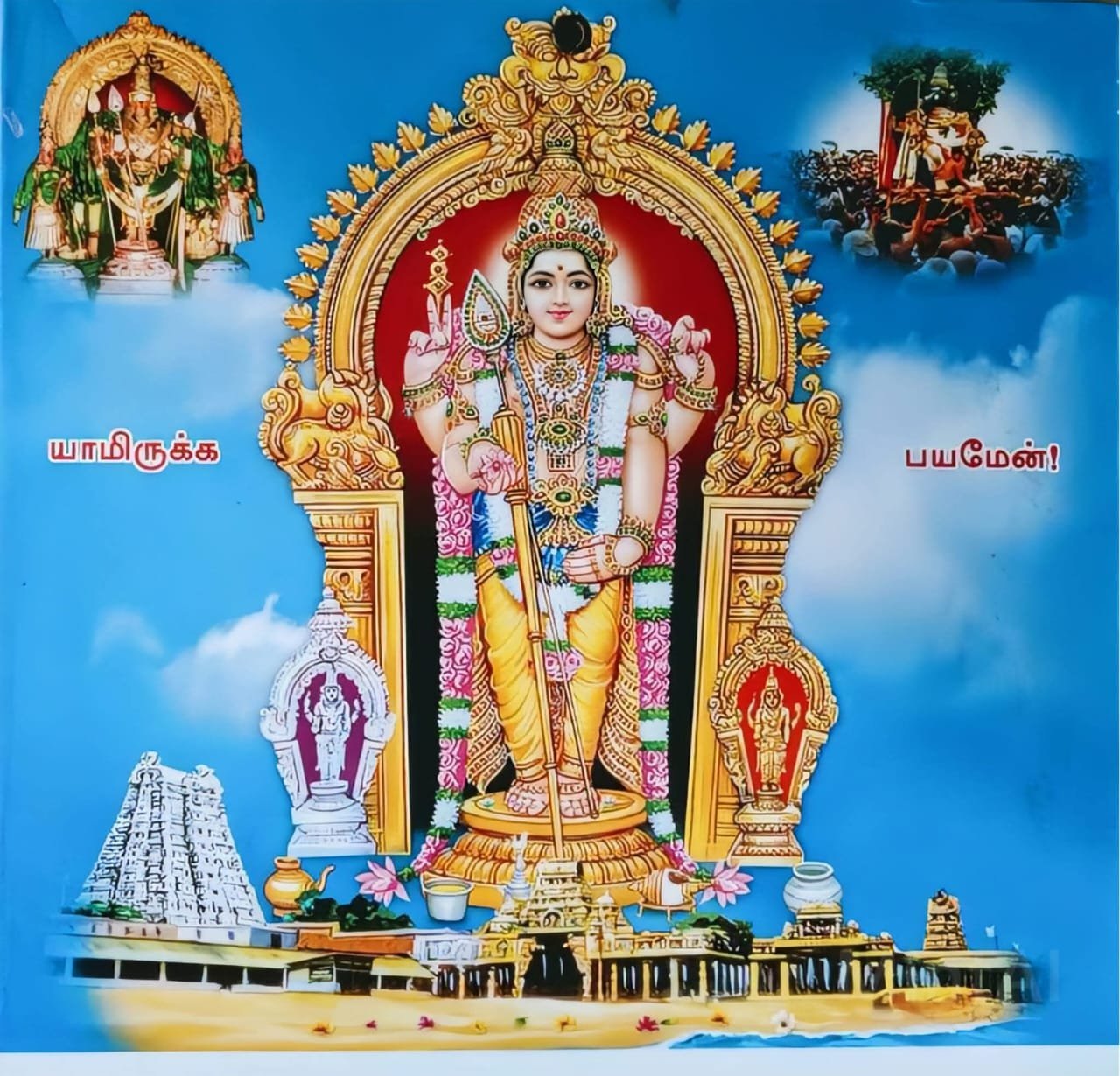கடவுள் உயிர்களுக்கு ஏன் பிறப்பைக் கொடுத்தார்? பிறப்பைக் கொடுக்காமல் இருந்தால் உயிர்கள் துன்பத்திற்கு ஆளாகாமல் இருந்திருக்குமே?
உயிர்கள் அறிவுடையன. அவ்வறிவு அநாதியே – இயல்பாகவே ஆணவமல சத்தியால் மறைக்கப்பட்டிருந்தது.அறிவுடைய உயிர் சிவானந்தத்தைப் பெறுவதற்கு உரியது.அது சிவானந்தத்தைப் பெற முடியாமல் கிடக்கிறதே என்று உயிர்கள் மேல் பெருங்கருணை கொண்டு சிவபெருமான் உயிர்களுக்குப் பிறப்பைக் கொடுத்தார்.
பிறப்பைக் கொடுக்காமல இருந்திருந்தால் உயிர்கள் ஆணவமல மறைப்பிலேயே கிடக்கும்.அதுவும் அதற்குத் துன்பந்தானே. துன்பம் என்று அறியாமலேயே துன்பத்துள் கிடப்பதும் துன்பமேயாகும்.
கடவுள் கொடுத்த பிறப்பினால் துன்பம் மட்டும் உண்டாவது இல்லை.இன்ப அனுபவமும் கிடைக்கிறது.நல்வினை செய்யும் வாய்ப்பும் கிடைக்கிறது.ஆணவமல மறைப்பிலிருந்து படிப்படியாக மெல்ல மெல்ல – விடுதலை பெரும் வாய்ப்பும் கிடைக்கின்றது.ஆதலின் பிறப்பினால் உயிர்கள் துன்பத்திற்கு மட்டுமே ஆளாகின்றன என்று கூறுவதற்கு இடமில்லை.
முனைவர் ரா.வையாபுரி இயற்றிய கடவுள் சில கேள்விகள் – உயிர் சில சிந்தனைகள்(கட்டுரைத் தொகுப்பு) என்னும் நூலில் இருந்து…
